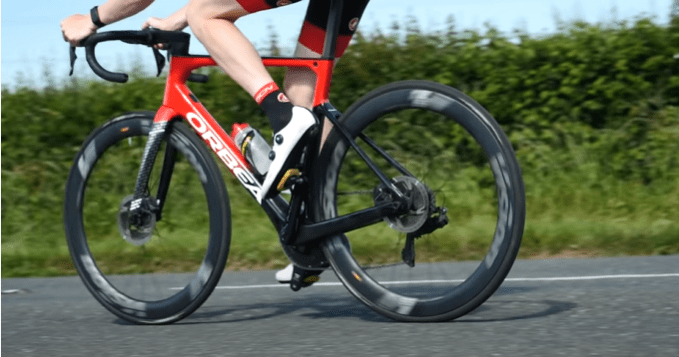

Power sensors are currently a popular technological tool. Is it reasonable to have this onboard computer to assess your training in real time? In cycling groups, more and more athletes are discussing watts, power, and FTP, while you may still be doing your cardio and monitoring your heart rate. However, don’t worry, you can still ride without a power meter on your bike!
Let’s explore the potential of this tool that analyzes and dissects even the smallest movements on the pedals.
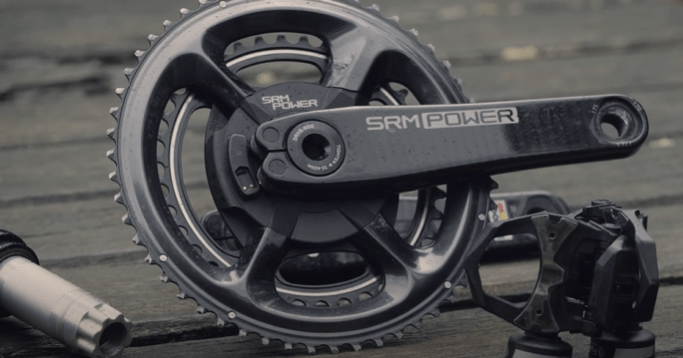

Bicycle power meters were first created around 30 years ago, originally intended for professional use in preparation for events.
Using a power meter, you can measure your watts. It’s helpful to know the power you can sustain over time during training, which is a combination of innate abilities and adaptation to the workload. It’s different from force, which is used to produce power. The meter measures the effort exerted on the bike during each session.
The sensor can also measure progress. By calculating the power and support time ratio, you can assess an athlete’s physical level and predict future results. Additionally, with all the data collected, cyclists can train more precisely and set performance goals for competitions. It’s an excellent program for those who want to improve their performance.
Should you switch from a heart rate monitor to a power meter? No, the two complement each other. Heart rate indicates the state of your body and its response to factors like diet, lack of sleep, or stress. Depending on your fitness level, your heart rate will be higher or lower. In contrast, the power sensor analyzes the energy exerted when pedaling.


Power on a bicycle refers to the effort required to roll against air resistance, mechanical friction, and gravity, all of which can be measured using a sensor on the bike.
When talking about power, personal factors related to the body must be taken into account, such as weight, the state of the cardiac system, muscle mass, the ability to manage effort, and mobility and coordination in space. The physical condition also depends on natural abilities and the quantity and quality of training. Supplements can be used to improve general health, but doping should always be avoided.
During each cycling session, external conditions may affect the ease or difficulty of reaching a certain watt level. Factors like temperature, hydration, altitude, nutrition, and stress can influence heart rate during a session but do not directly impact watts.
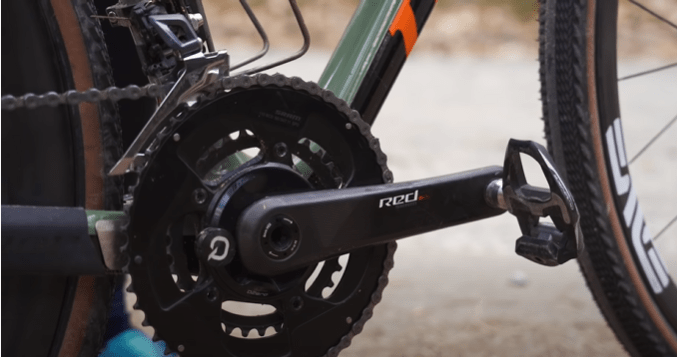

Bicycle power sensors calculate the work an athlete does in kilojoules (kJ) and the power they produce in watts (W). This can be felt through shortness of breath, pain, and heart rate.
Previously, athletic coaches relied on FCM for measuring performance, but this data has proven to be imprecise due to its dependence on external parameters and delayed reaction time intervals.
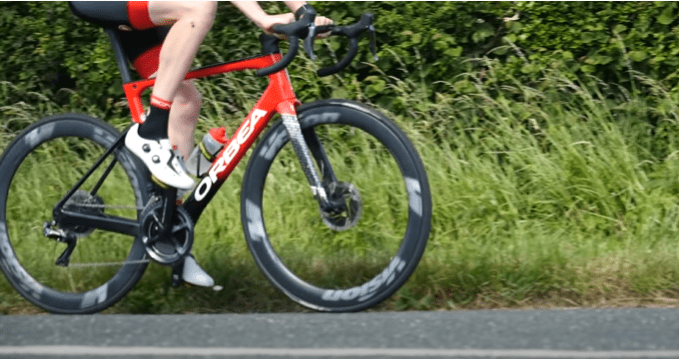

Cyclists often wonder how to increase their power output in preparation for competitions. This is essential to dig deep and ride hard while sustaining the effort.
To improve average power output, there are two ways: increase pedaling force or accelerate it. This requires improving personal physical capacities through weight training, for example. You can also raise the volume and intensity of your training sessions using Zwift, a cycling training application. A power meter is a useful tool to guide your training program, and many home trainers now come equipped with one.
Reducing resistance is another way to increase power output. This can be achieved by physically losing weight, lightening bike components, such as the power meter, and removing brakes to reduce friction. Your seat also influences performance, and adopting an aerodynamic posture on the bike can increase power output. A postural study can help you determine the best position on your bike. Additionally, wearing an aerodynamic helmet and suit, and using equipment that minimizes air resistance can also help.
Unlike running, where sessions are based on Maximum Aerobic Speed (MAS), cycling favors Maximum Aerobic Power (PMA). This is because cycling involves more variables, such as slope, wind, and mechanical parameters. To determine intensity thresholds, you can perform an FTP test, which involves cycling at high speed for 20 minutes regularly. The results help you calibrate your sensor and define a personalized training program according to your goals.
If you want to improve your road bike training plan with a power meter, you need to understand the different intensity thresholds that help you push your limits.
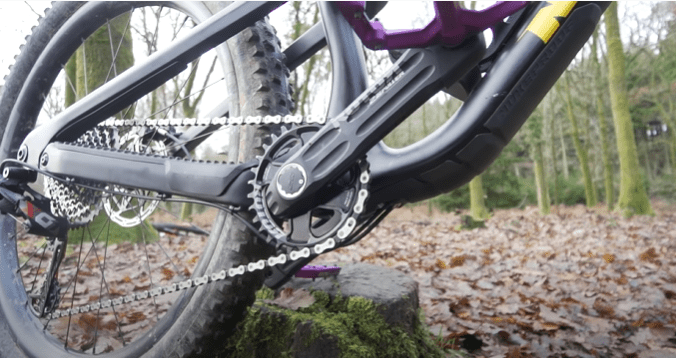

A bicycle power sensor calculates power by measuring the strain gauges in real time. The sensor transmits the power data to a meter which displays the results and saves them for later analysis. It is important to have a sensor with good battery life and easy charging.
There are different exercises that can be performed with the power meter, such as velocity, PMA, FTP test, etc.
However, it’s not enough to just have a sensor measuring power. It’s important to know how to analyze and interpret the data accurately. The devices are very precise, and the advice of a trainer can be helpful in understanding the figures and curves.
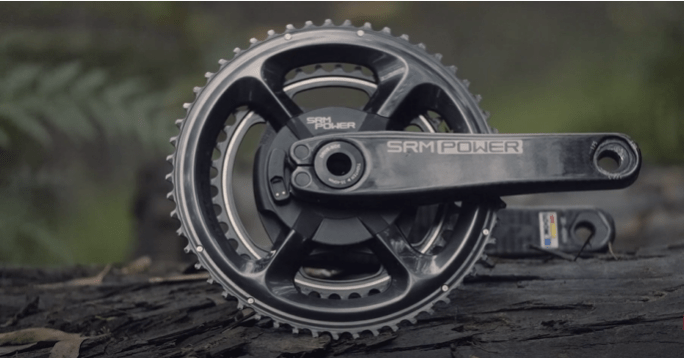

If you’re in the market for a power meter for your bicycle, it’s important to consider several factors to ensure that you get the right one for your needs. Here are some key things to keep in mind when choosing a bicycle power meter:
The accuracy of a power meter is crucial for obtaining reliable data. You should choose a power meter that is easy to calibrate to ensure the most accurate readings.
Power meters come in a wide range of prices, with some costing as little as $450 and others costing over $2,800. The price is determined by the brand, measurement precision, and bike adaptation system. It’s important to determine your budget before making a purchase.
Ensure that the power meter you select is compatible with your bottom bracket and transmission, such as Shimano, Campagnolo, or Sram. Most power meters connect to bike computers and training apps using ANT+ and Bluetooth.
There are different ways to integrate a bike sensor to measure power, including:
When choosing a power meter, consider your cycling needs and goals to determine which type is best for you. Keep in mind that some models, like the Power Tap GS, may have a better finish and be more durable than others, like the Power Tap G3.


When selecting a power meter, it is crucial to consider its accuracy and ease of calibration to ensure precise data. The price range varies from $450 to over $2,800, depending on the brand, measurement precision, and adaptation system.
To measure power, there are four fixing types: the sensor on the crank, measurement in the pedals, installation in the crank, and installation in the hub.
Several manufacturers offer power meters, including Assioma, GARMIN, Sram Quarq, and Powertap G3.
Assioma is an excellent value-for-money power meter, with a simple installation process, ±1% accuracy in any situation, multiple connections available, and a resin block to protect the electronic part from falls. The pedals come in two versions: UNO, with the power sensor on the left pedal, and DUO, with power sensors on both pedals for balanced power sent to the left and right legs.
GARMIN is a leader in the market, with two different models compatible with SPD-SL or Kéo bindings, complete connectivity through Bluetooth and ANT +, and ±1% accuracy. Each pedal weighs 160g, and the battery lasts up to 120 hours.
Sram Quarq has developed the Quarq Red AXS power meter, which is integrated with the Sram crankset and uses the Quarq DZero measurement technique. It is lightweight and provides accurate data between the right and left leg.
Powertap G3 is one of the lightest power meters, weighing only 325g, and is affordable for amateur cyclists. It has +/-1.5% accuracy, making it an excellent option for a low price with straightforward use. The data is transferred onto Power Agent software for detailed analysis.
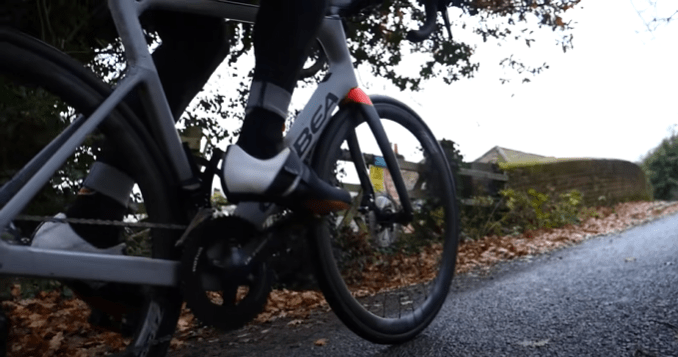

More and more cyclists are using power meters during races and triathlons. It has become a valuable tool for monitoring and limiting oneself during competitions. For example, in triathlons, cyclists can set a power value based on their training data from home trainers, which they know they can maintain without overexerting themselves.
Some argue that it may undermine the principle of giving everything during races, but it can also provide reassurance and help to finish the race more easily. Many cyclists in the mid/high range are now equipped with power meters.
In addition, power meters can also be used to track attacks during peloton and determine how long a cyclist can sustain a high wattage. This information can help cyclists decide whether or not to chase down an attack.
Overall, power meters have become an indispensable tool for competitive cyclists to optimize their performance and make strategic decisions during races.
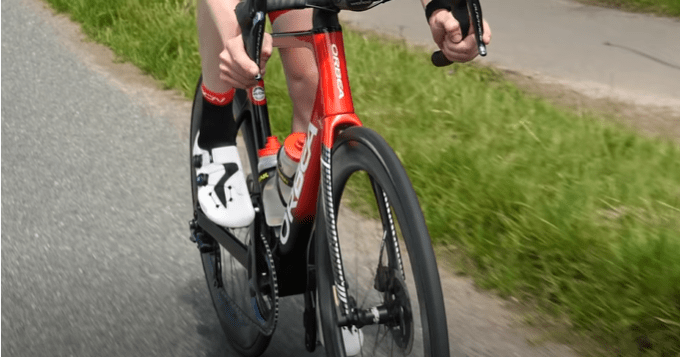

Using a power meter can help you plan targeted workouts to achieve your competition goals. However, it requires investing in costly equipment.
Compared to a basic heart rate monitor, a power meter provides more reliable and accurate data for analyzing your output and training.
To maximize the benefits of a power meter, it’s recommended to seek guidance from a coach who can help you understand and interpret the advanced statistics. By using a power meter and adhering to the recommended training thresholds, you increase your chances of being fully prepared for competition day.
